Akko Gems, Old, and Newly Discovered
Sitting snuggly on a promontory along the northern Israeli coastline, on a recent visit to the high-walled ancient port of Akko (Acre) – one of the oldest port cities in the world, – proved absolutely mesmerizing and thought-provoking – not to mention a culinary delight, Turkish or otherwise.
Well, after all, the Turks were one of the many peoples over thousands of years to conquer and lose control over this important Mediterranean port city, each of them leaving a great deal of their history and culture deeply embedded in stones, rocks, bath houses, decorative tiles and taste buds!
Unfortunately, many overseas tourists do not get to visit the more-than-alluring port of Akko, which was recognized as a World Heritage Site by UNESCO in 2008. As a result they miss out on an absolutely fascinating time travel experience, being exposed to multiple layers of incredible history, both above and deep under the ground – the latter giving a most welcome respite from the summer heat and also a hideaway from the elements in winter.
Tickets can be purchased at the Visitor Center of the Old Akko Development Company, and also an audio-guide to accompany you as you stroll along the highways, byways and footsteps of, among others, the Greeks, Maccabians, Romans, Byzantines, Muslim conquerors, Crusaders, Mamelukes, the aforementioned Ottomans and of course, the British during the Mandate period.
A day out and about in, as well as under, Akko was quite an adventure, enjoying the wonders of ancient Akko with mods and cons such as air-conditioning, abundant lighting, cleverly illustrated signs and well-acted out highly informative videos.
The extensive and deep underground Knights' Halls and multitude of chambers whisk one back to Crusader days, thanks to the awesome achievements of the archaeologists and teams who uncovered and gently, lovingly, exposed layer upon layer of rich history. Together with the highly professional historians, artists and technicians, they have brought thousands of years fast forward, and almost alive, for present day visitors.
Back above ground is the Ottoman 18th century preserved Turkish Bath House (Hammam), built by the famous ruler of Akko, Jazzar Pasha. A short walk away, adjacent to each other, the Ramchal Synagogue and the Old Akko Ramchal Visitor Center focus on the fascinating, dramatic life story of Rabbi Moshe Chaim Luzzatto (Ramchal) and the unknown story of the Jewish community in Akko during the Crusader rule in the 12th and 13th centuries.
Yet another very special experience is to walk through the 150 meter underground secret tunnel (well, it was secret once, until discovered in 1994) hewn out of solid rock by the Crusader Templars, a 12-13th century military-monastic Christian order. The tunnel connects the Templars' Fortress to the port of Akko and runs under the houses above, as water rushes through an open channel at the side of a recently constructed raised wooden walkway.
A gob-smacking grand exit awaits as one comes out from the tunnel into a small square. Looming above are the impressive ancient sea walls and glorious view of an inviting shoreline, where local fishermen are silhouetted against the azure Mediterranean waters, as they balance on small protruding rocks and expertly throw out their lines, while the sun glistens on the gently lapping waves and invites the fish to take the tasty bait.
A few steps up and one is on top of the ominous towering walls, looking down on the colorful fishing boats bobbing up and down in the still-working fishermen's port below.
A few larger boats with joyful day trippers aboard head out to sea, or are returning, as their passengers take in the glory of the ancient port's walls, domed churches, minarets and mosques, decorative stone water towers and so much more – like so many other sea travelers over the ages, some coming in peace, others to conquer those who came before.
Deep in and under the eastern wall of Akko, apparently one of the thickest walls in the world, an exhibition of artifacts, comprised of rare collections and traditional handicrafts from the 19th century, illustrates the folklore of all the religions and communities that existed over the generations in the Galilee region.
The artifacts, small and large, are a true feast for the eyes, and for the older Israeli folks amongst us – such as this writer – a true dust busting memory box experience, especially the extensive collections of tools, scales, pharmaceutical glass bottles and other paraphernalia found on the wooden shelves of the local dispensers: clothes, kitchenware and early household gadgets, to name but a few.
The collections of matchboxes, stamps, Globus (an Israeli company) ball-point pens, coins and the like, whisk one back to a time not so long ago, when one's children waited for another letter from abroad so as to gloat over the stamps and decide, often according to subject and not country, in which album to place these small treasures.
A sign on the ominous thick stone walls at the entrance to Treasures in the Wall, informs the visitor that they are in the north east corner of the outer walls of Akko. The building of this wall was initiated by Pasha El Jazar (1775-1804) – after the withdrawal of Napoleon – and was continued by Suleiman Pecha (1805-1818). On the wall above, in a rounded yard, are eight surfaces and openings for cannons.
Apparently the soldiers and their ammunition stationed at this position had resided in the rectangular construction, built into the wall. Underneath, a tunnel was discovered, about 80 meters long and 10 meters high, which had been used as a passageway for the soldiers moving from inside to the outside defensive trenches.
Another sign informs visitors that the center was created by a group of individual collectors "out of a great love for the country as a whole and for the Galilee in particular, for its inhabitants and their different cultures.
"The Treasures in the Wall Center was created mainly through the efforts, dedication, good will and personal contributions of many private individuals. The use of this historical building is made available courtesy of the Israel Antiques Authority, the Acre Development Corporation, the Acre Municipality and the Acre and Galilee Development Authority."
The Treasures in the Wall artifacts are spread over a large area of attractive arched alcoves and open underground spaces. If only those thick, ominous walls could talk, their tales of the incredible artifacts and their owners would be a mine of extraordinary information, a true treasure trove of daily life in the past for the present day visitor.



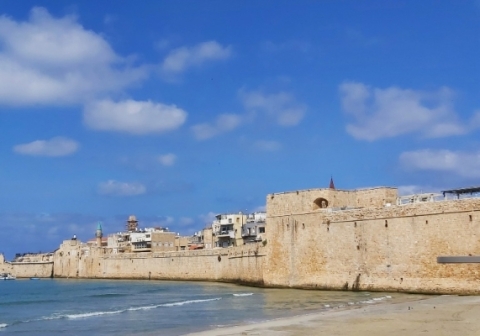
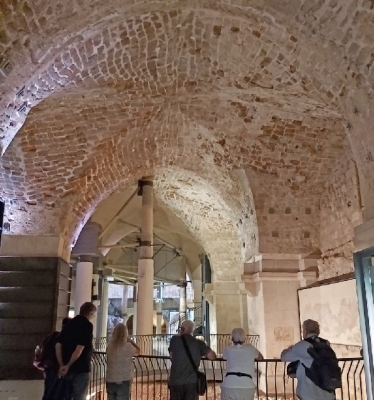
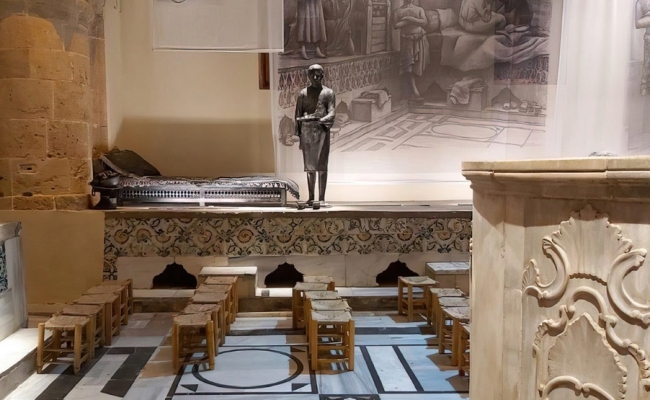



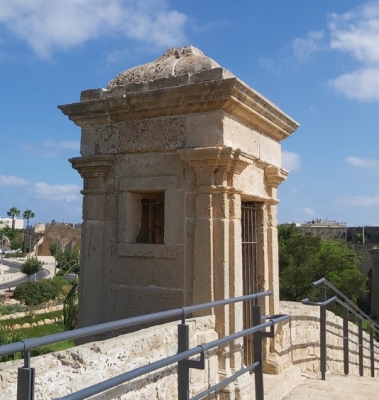
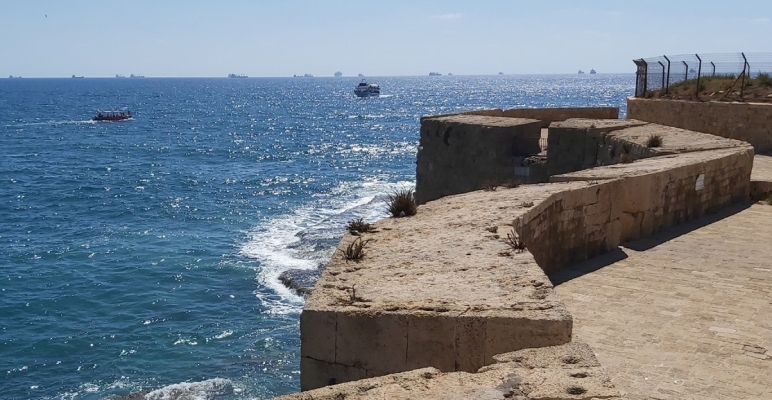




Comments